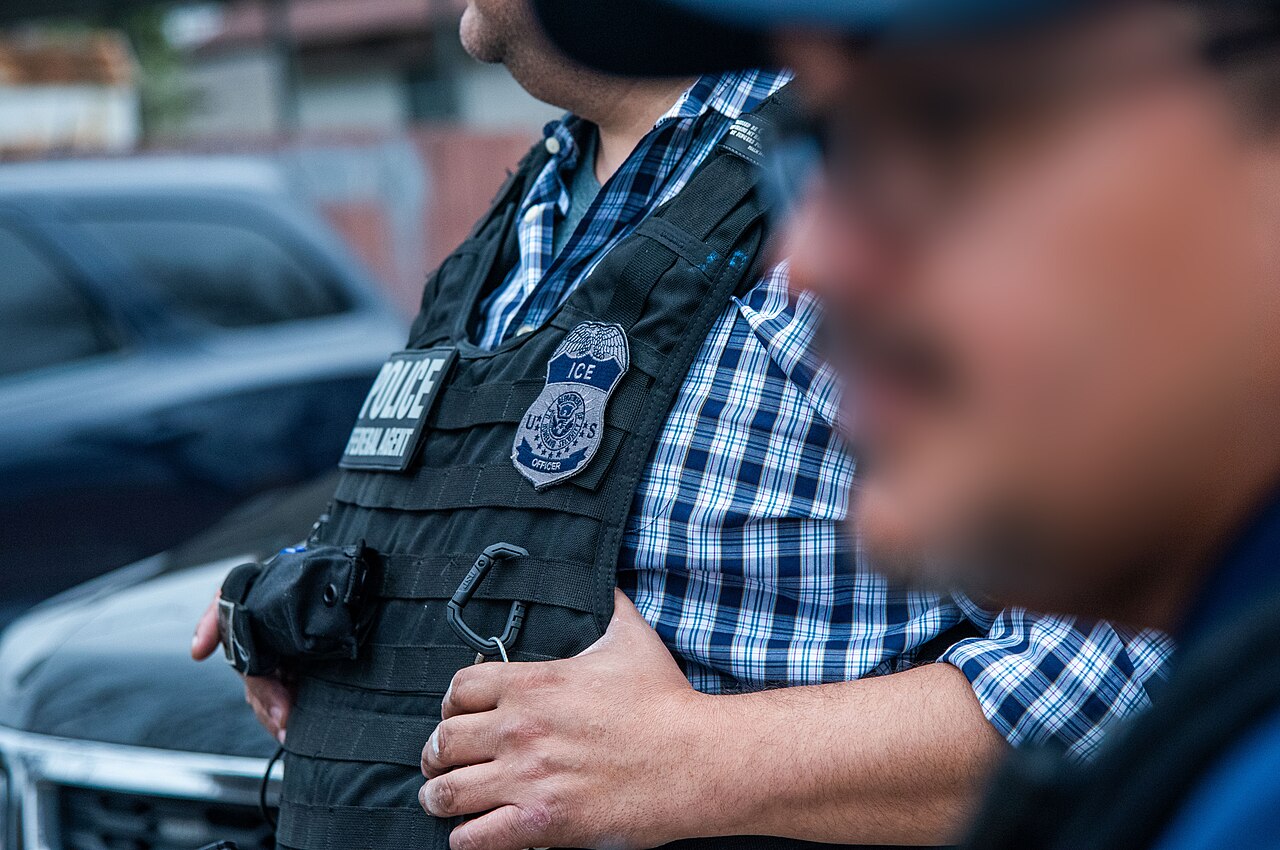Los Angeles is a city defined by neighborhoods you move through. But it’s hard not to feel isolated and stuck in your bubble. We created this guide, in partnership with Lime, to spotlight the tried-and-true spots that tie locals together.
[dropcap size=big]O[/dropcap]lvera Street is commonly referred to as the birthplace of Los Angeles, and with good reason: the immediate area housing this heavily-trodden marketplace dates back to 1781, when the city was first founded by a diverse group of 44 settlers from Mexico in the name of "New Spain."
Though it has since been renamed, remodeled and renovated, the popular tourist and shopping district still bears plenty of markers of its past. For example, the cross-shaped monument at the entrance to Olvera Street commemorating the city’s original Spanish name: El Pueblo de Nuestra Señora la Reina de Los Angeles.
Just beyond the monument down a brick-lined alleyway is Avila Adobe, the city’s oldest surviving residence, which was built in 1818—two years before the city came under Mexican rule following its independence from Spain—and now a museum listed on the National Register of Historic Places. Nearby is Pico House, which was built by the state’s last Mexican governor, and once one of the most extravagant hotels in Southern California.
But Olvera Street is far from a ghost town. Musicians and dancers frequently perform on the outdoor plaza and the streets stir with vendors selling everything from sombreros, leather goods and maracas to serapes, ceramics and El Chavo puppets.
Perhaps best of all, the downtown enclave just across from Union Station boasts one of L.A.’s oldest—and most delicious—taquito stands: Cielito Lindo, which began as a humble wooden stall in 1934. The fried and rolled beef-stuffed tortillas are always hot and cooked to order, and with two taquitos for $3.50, the prices can make you feel like you’ve taken a step into a delightfully different era, too.
Little Tokyo dates back to 1884 when a Japanese immigrant opened the area’s first café on an unremarkable stretch of First Street. More than a century later, First Street is packed with dozens of Japanese restaurants, from ramen shops and sushi bars to teahouses and bakeries.
About a mile southwest, past Grand Park—which hosts an annual Día de Los Muertos festival among other events—sits a more potable nod to the city’s colorful history: La Cita, which has been in operation since the 1950s, if not longer. The downtown landmark has long been a vibrant destination for the community and beyond, with an infamous punk and reggae night and a women’s vinyl club. It’s the kind of eclectic spot where you won’t be surprised to see an oldies appreciation night or vallenato jam session suddenly materialize without anyone blinking an eye.
Another of the city’s oldest and most culturally rich neighborhoods sits further east, between the 101 Freeway and the Los Angeles River. Little Tokyo dates back to 1884 when a Japanese immigrant opened the area’s first café on an unremarkable stretch of First Street. More than a century later, First Street is packed with dozens of Japanese restaurants, from ramen shops and sushi bars to teahouses and bakeries. The street itself, like much of Little Tokyo, is so charming, with its brick buildings and neon signage, that it almost looks like a back-lot version of itself designed by a Hollywood studio.

Two large, pedestrian-friendly pavilions, which are closed to car traffic, anchor this neighborhood. On one end of First Street and Central Avenue is the sprawling campus that hosts the Japanese American National Museum and the Geffen Contemporary, a satellite location of the Museum of Contemporary Art Los Angeles accommodating special exhibitions and pop-up events like Printed Matter’s L.A. Art Book Fair. On the other end of this intersection is the Little Tokyo Pavilion, a maze of shops, cafes, and street performers, all housed under pagoda-style rooftops and Japanese lanterns.
The neighborhood is in the throes of the kind of development boom that has rapidly transformed much of downtown over the last decade. High-rise condos with rooftop pools now surround trendy bars and restaurants, many within walking distance of Skid Row. Unlike other neighborhoods that have lost their character—and their sense of community—to gentrification, the residents of Little Tokyo have a history of banding together to advocate for their own needs.
In 2003, the community successfully petitioned against a proposal to build a jail near the Hompa Hongwanji Buddhist Temple, which has long been regarded, not just as a cultural center, but also as a site for meditation and reflection. Years later, when Metro proposed an expansion of its light rail line through Little Tokyo, residents convinced officials to build underground to prevent disruption to local businesses. The connector line is expected to open in 2021, and though it will undoubtedly bring more foot traffic to the neighborhood, some residents and business owners fear it will inflate rents even higher.
Chinatown, too, has undergone significant changes over the last two decades. Art spaces such as Coaagula Curatorial and Charlie James Gallery are sandwiched between antique stores and Chinese take-out spots on Chung King Road. Meanwhile, community activist organizations are advocating for affordable housing and cultural preservation in this new hub for the local arts scene—as some see it, a sign of increasing gentrification to come.
There are not a whole ton of places in this country. where you can get real deal Sonoran and Baja-style tacos within a mile from each other. Which is just about all we have to say about why we love downtown and the rest of L.A.
Around the corner, near the recently-renovated Los Angeles State Historic Park, Human Resources is cherished for its live performances and video installations from young, emerging local artists. The area also plays host to puppet-makers (the non-profit Automata is known for its experimental theater and films); poets (Poetic Research Bureau, another nonprofit storefront, hosts readings from visiting writers every weekend); and perfumers (The Institute for Art and Olfaction offers unconventional workshops exploring scent).
It’s not only galleries that have transformed Chinatown over the last two decades. Adventurous new bars and restaurants have turned the neighborhood into a dining destination. Brothers Chad and Chase Valencia opened LASA, a contemporary Filipino restaurant, in Far East Plaza in 2017, earning a nod as one of Food & Wine’s “best New Restaurants” along the way. Meanwhile, Majordomo, chef David Chang’s first L.A. restaurant, became one of the city’s most buzzed-about restaurants when it opened in a warehouse across from the New York-imported, pharmacy-themed bar, Apotheke, in 2018.
But even with the influx of new restaurants and galleries in Chinatown, it’s hard to beat the neighborhood’s long-time staples. Plum Tree Inn and Golden Dragon offer no-frills Szechuan dishes, and Philippe the Original, one of the oldest restaurants in the city of Los Angeles, is hands-down the best place to enjoy its own invention, the French Dip sandwich, before a Dodgers game.
Of course, if you’re anywhere near Dodger Stadium, stop at Mexicali Taco & Co. The Baja-inspired taqueria transformed from a street sensation to a city favorite (and Taco Madness winner) in 2011 for its carne asada tacos, garlic-lashed vampiro quesadillas and cachetada tostadas at this small storefront on the edge of Chinatown.
And speaking of Chinatown and Mexican food, this neighborhood was once known as Sonoratown, also the name of one of downtown L.A.’s favorite new Mexican spots. Sonoratown makes its own flour tortillas then fills them with grilled steak, crispy tripe and Sonoran-style chorizo for a short but superlative selection of tacos and burritos.
There are not a whole ton of places in this country. where you can get real deal Sonoran and Baja-style tacos within a mile from each other. Which is just about all we have to say about why we love downtown and the rest of L.A.

The Lime x L.A. Taco guide to Leimert Park
The Lime x L.A. Taco guide to Venice & Santa Monica







